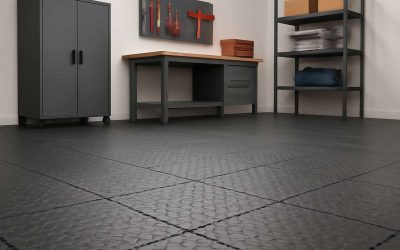
Rubber roofing tiles are a popular choice for homeowners looking to increase their home’s aesthetic appeal without spending a fortune. They are also eco-friendly because they are made from recycled materials, so they’re a great choice for the environment.
They come in a variety of colors and styles, so they can fit different design preferences. The main advantage of rubber roofs is that they’re very durable and resistant to weather damage. In addition, they’re easy to install and are more affordable than other roofing materials.
Their durability comes from the material itself, which is usually constructed from recycled tires. They’re also environmentally friendly because they require less energy to produce than other roofing materials.
These tiles are a great way to achieve the look of slate without the high costs associated with the natural stone. They are also extremely flexible, so they can be fitted to any angle or size you need.
They’re also incredibly resistant to hail and other types of damaging weather. They can withstand a 2-inch steel ball dropped from 20 feet, so they’re perfect for areas with a high level of hail activity.
You’ll find that they come in a variety of sizes, from shingles to rolls. Shingles are more expensive than rolls, but they’re also easier to install and more resistant to leaks.
The thickness of the rubber varies depending on how thick you need it to be. The higher the thickness, the longer your roof will last and the better it will withstand harsh weather conditions.
Another important factor is how your rubber roof is installed. The best way to ensure your roof stays intact is to use a professional roofing company that has experience with rubber and flat roofs.
It’s important to know that rubber is flammable, so it’s important to choose a fire-resistant underlayment if you want to make sure your new roof can withstand a fire. The underlying membrane needs to have a Class C fire rating or higher, so you’ll need to do your research and choose one that offers the best protection for your home.
You should also make sure that your new rubber roof is installed on a slope of at least 2 1/2:12. This is essential because tile roofs are water-shedding systems, so installing them on a lower slope can cause leakages and other problems.
Fortunately, many EPDM rubber membranes are already designed with fleeced underlayments built in, so you don’t need to worry about that. Once you’ve selected a membrane, you can then choose to use concrete slabs or ceramic and decorative tiles.
The only downside to these options is that you’ll need to be careful about how much weight they’re adding to your roof. If you’re planning to add concrete or tiles, be sure to check with your local home improvement store and roofing contractor to see how much weight each product will be able to handle.
It’s also worth mentioning that these roofs can only be installed by professional contractors with experience working with rubber and flat roofs. If you decide to go with this option, be sure to hire a certified contractor and ask about their insurance coverage. They may be able to offer you a warranty on the work they’ve done.



0 Comments